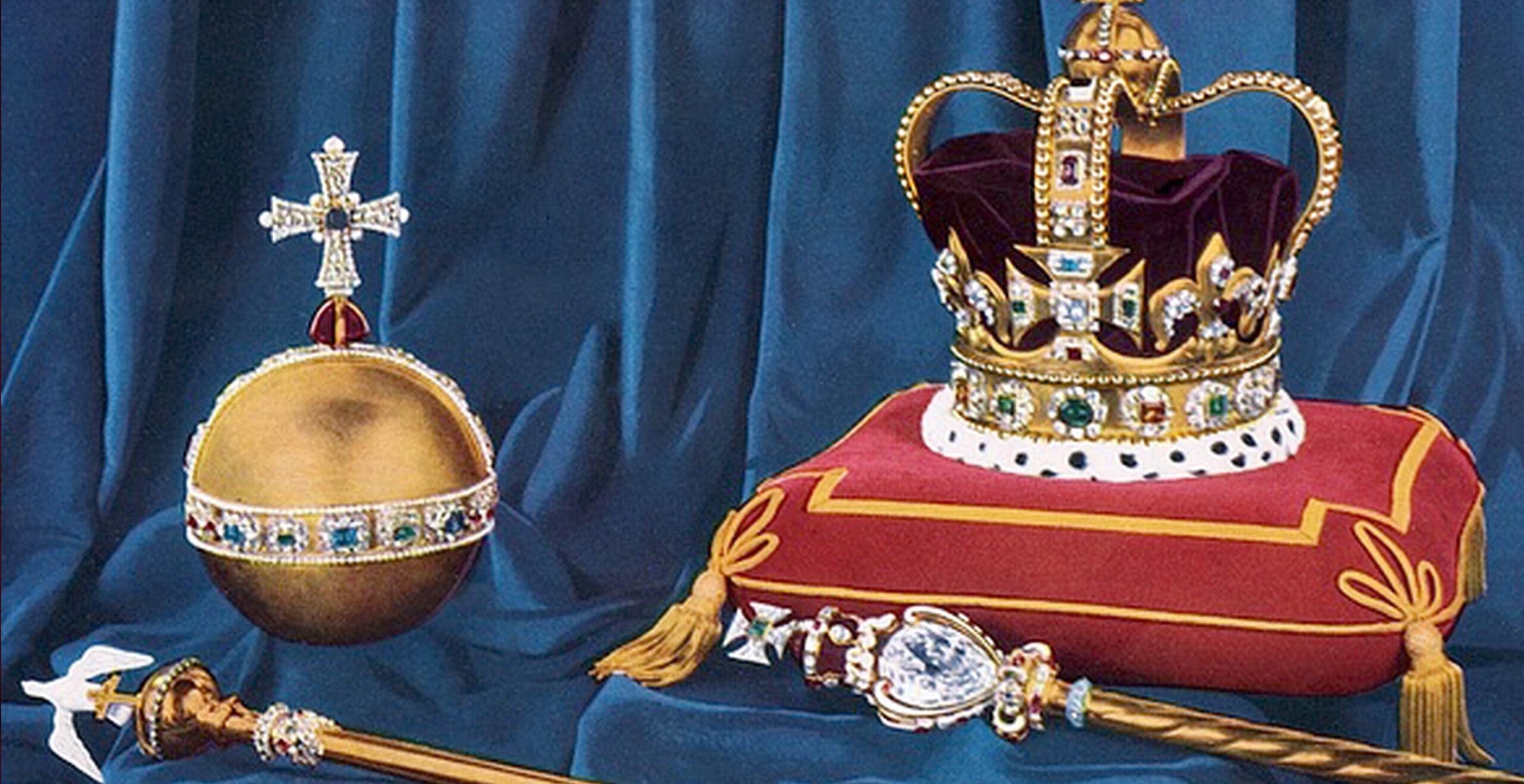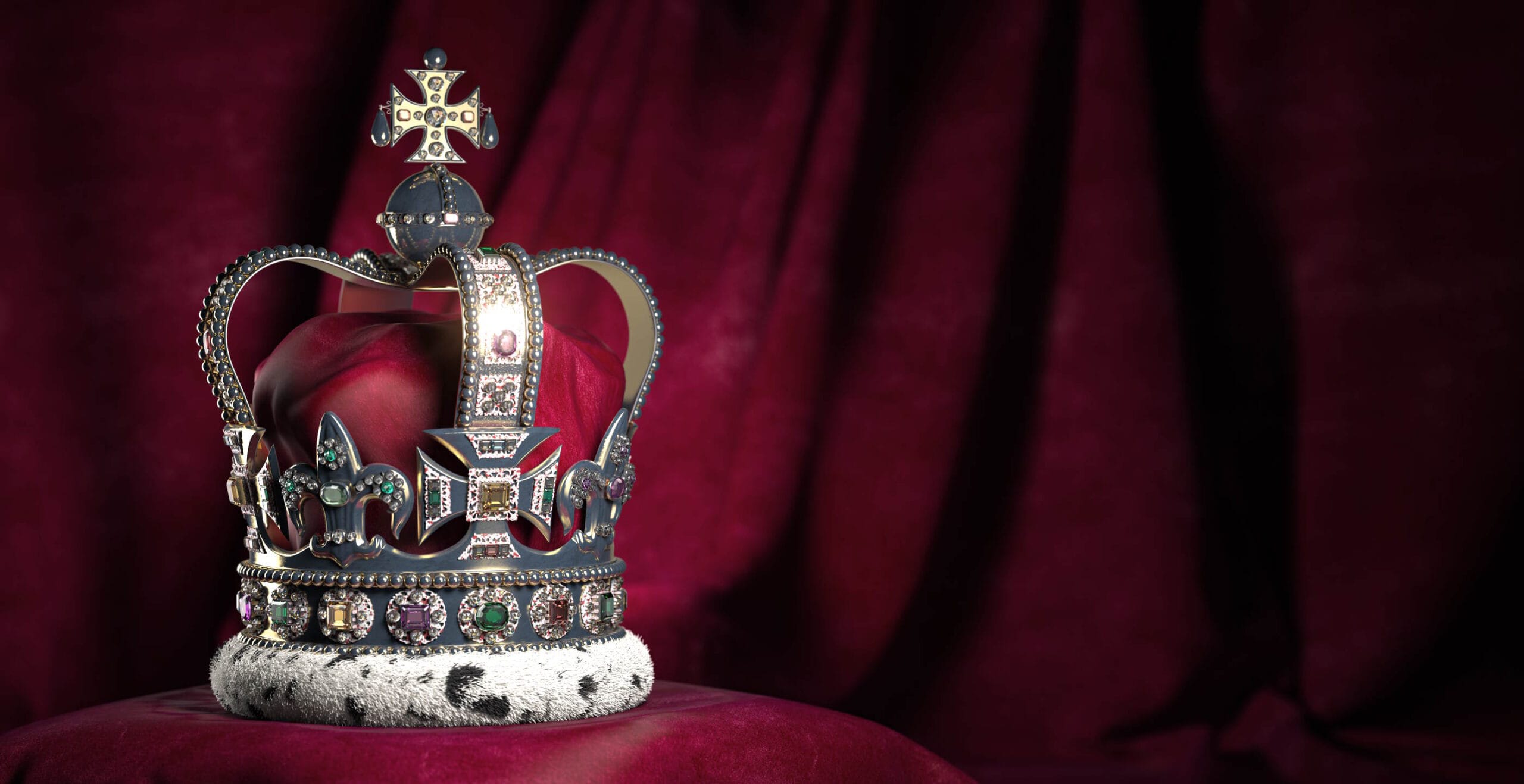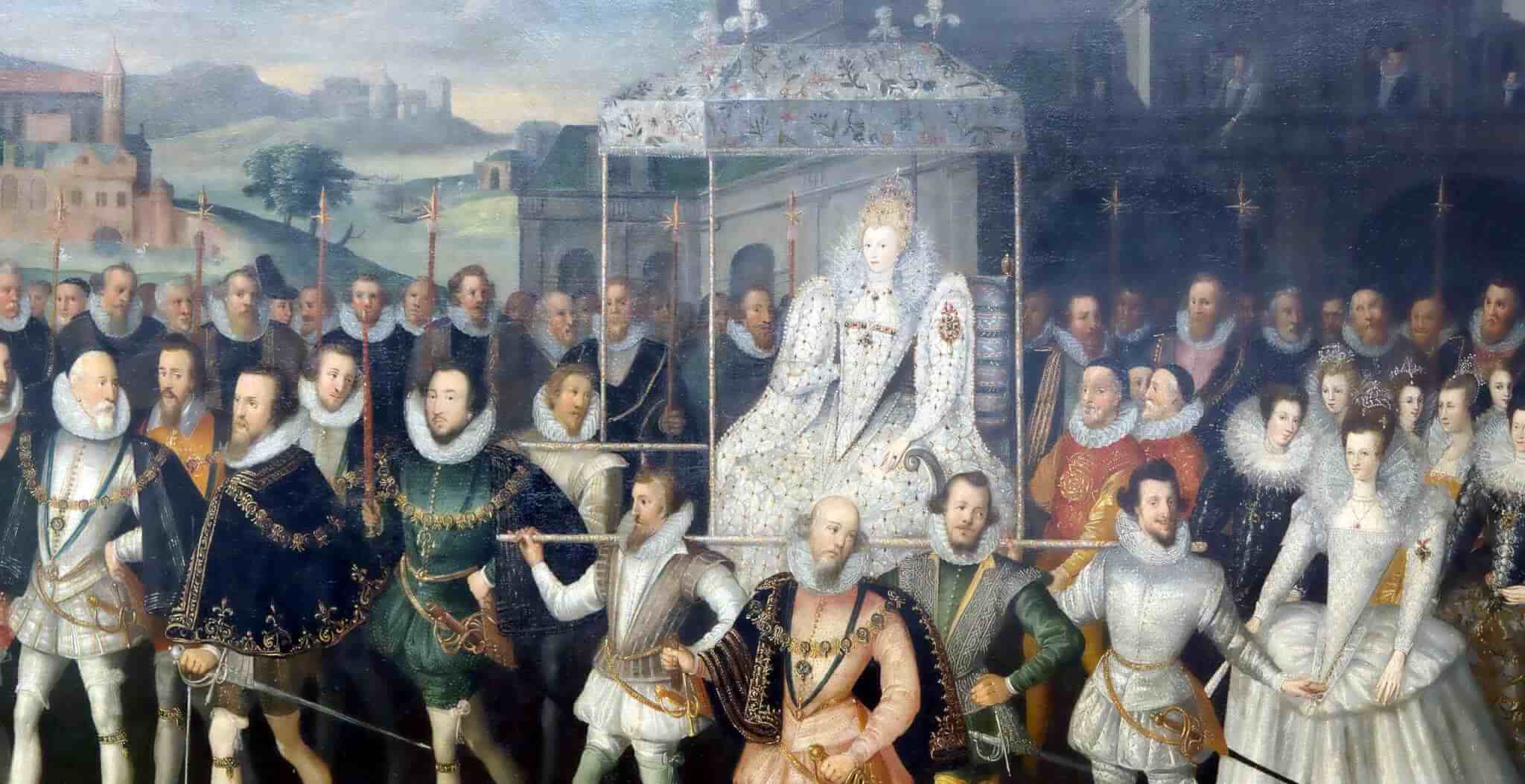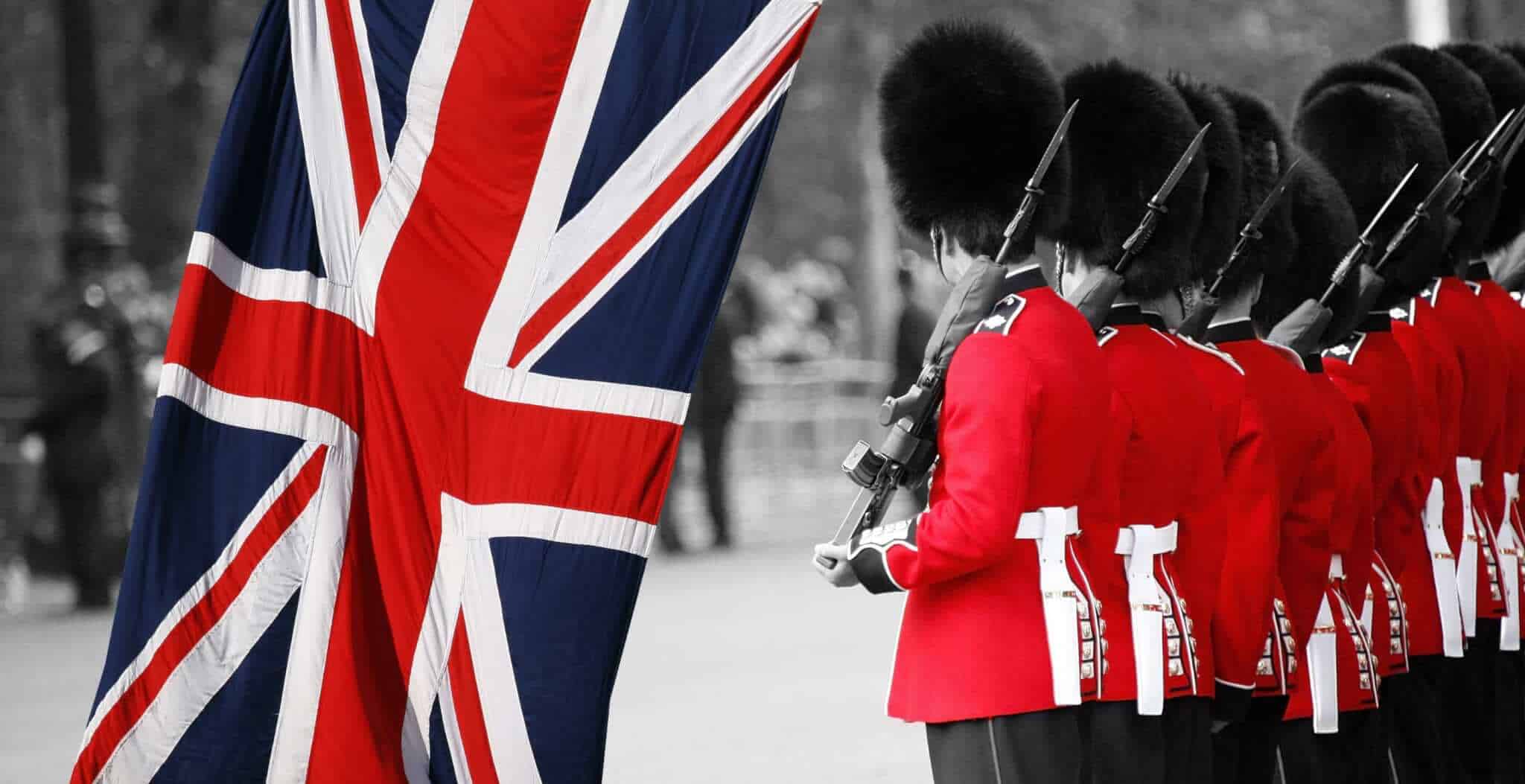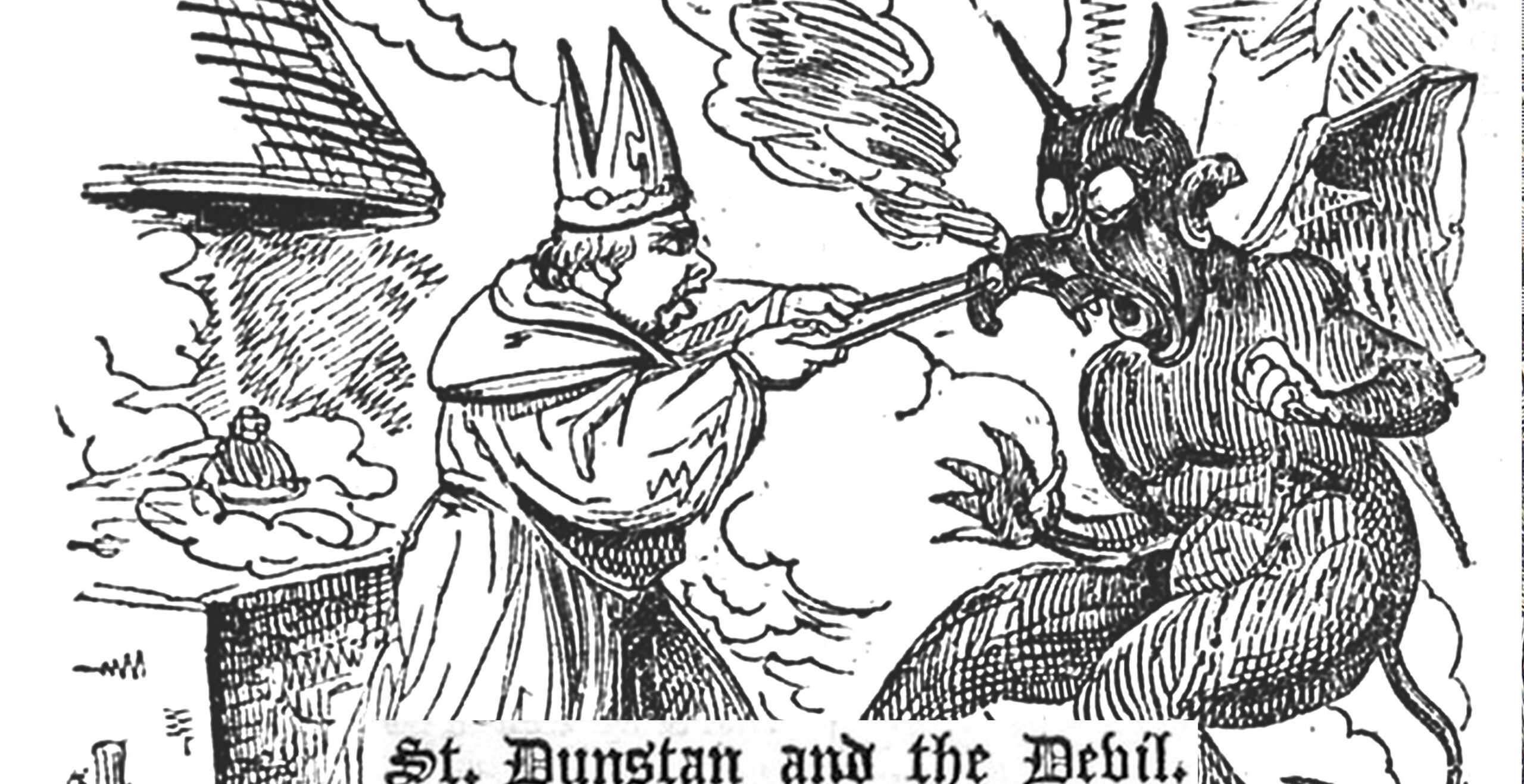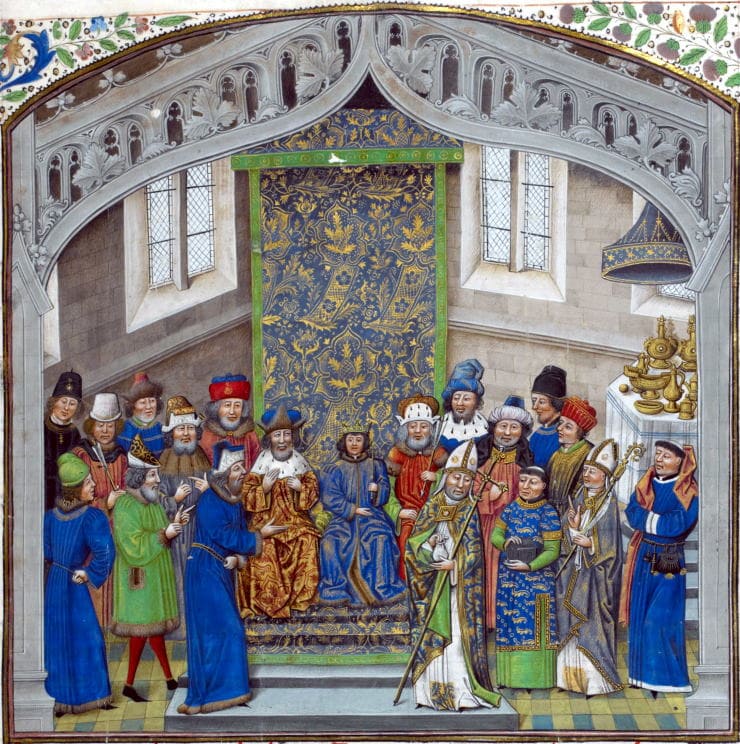On 6th May 2023, King Charles III will be crowned at Westminster Abbey, an historic occasion spanning 1,000 years of British monarchy and coronation traditions.
The first English coronation to take place was not at Westminster Abbey but at Bath Abbey where St Dunstan, the Archbishop of Canterbury crowned King Edgar.
Known as Edgar the Peaceful, he would rule from October 959 until his death in 975, in which time he created years of stability and development which would become a foundation for kingship in years to come.
Such an example set by Edgar extended to the coronation ceremony which took place in 973, creating a custom that would become entrenched in British monarchical tradition.
In 973, King Edgar attended his coronation ceremony created by his close personal advisor, St Dunstan. Alongside his wife, the festivities included several of the sub-kings of the British Isles pledging their allegiance to the king.
This auspicious day marked a high point of his reign, showing his achievements of unity and stability whereas today, the coronation marks the beginning of the reign of a monarch.
The events which took place in 973 would provide the inspiration for a poem in the Anglo-Saxon Chronicle, an important historical commentary which would inspire later coronation ceremonies for subsequent kings and queens of England.
When Edward the Confessor came to the throne, he commissioned the construction of Westminster Abbey on the site of a church for Benedictine monks.
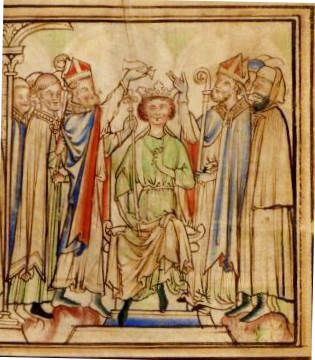
Westminster Abbey would subsequently become the site for the coronation of thirty-nine English and British monarchs. Whether or not intended by Edward the Confessor, the building itself has become an integral part of the entire coronation tradition of the British Isles.
The first documented coronation to take place at Westminster Abbey was for the new Norman King, William the Conqueror. On 25th December 1066, William was crowned following his victory at the Battle of Hastings.
Only twelve months earlier King Harold II, the last of the Anglo-Saxon kings of England, had been crowned, most likely also at Westminster Abbey.
The Abbey thus played host to the transition of kingship between dynasties, witnessing the changing annals of history as Anglo-Saxon dominance came to an end and a new era of Norman leadership was ushered in.
With William the Conqueror’s coronation cementing Westminster Abbey’s status as the site for all subsequent coronation ceremonies, Henry III in 1245 realised the importance of the architecture and design of such a religious site.
Under his kingship, the church was rebuilt in a Gothic style, creating the high altar and imposing design with which we are familiar today.
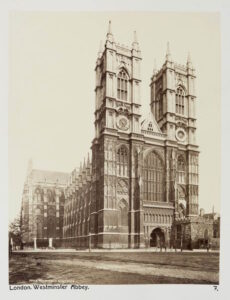
This newly designed setting was now not only a place of religious devotion and worship, but also a theatre in which to display the power of kingship in the heart of Westminster, a place where governance, religion and power were all so closely intertwined.
In 1274, King Edward I would be the first monarch to be crowned in this newly designed space.
As part of the ceremony, the Coronation Chair was constructed and became a significant feature which survives today.
Designed in dramatic Gothic style by carpenter Walter of Durham, the chair was carved from oak rather than the original concept of bronze. It was also gilded with coloured glass mosaics, however this no longer survives.
Another important aspect of the chair was the inclusion of the Stone of Scone, sometimes known as the Stone of Destiny, which Edward I had taken from Scone Abbey in Perthshire. The stone had particular significance, as for centuries successive Scottish kings had been crowned upon it.
Up until the seventeenth century the monarchs would sit on the Stone of Scone, until a wooden section was added to the chair to house the stone.
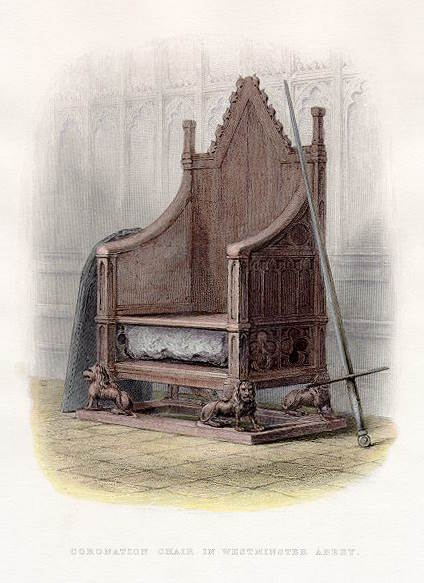
Other changes occurred in 1689 when King William III and Mary II became joint monarchs, thus necessitating a second chair to be made for Mary to sit on whilst William retained the original coronation chair.
By the nineteenth century, four gilded lions forming the chair legs were replaced for the coronation of George IV in 1821.
Another significant feature of the ceremony is the Royal Book, also known as the Liber Regalis, which dates back to an original illuminated manuscript of 1382. The book remains a key historical document, containing the details of the order of service and also provides an illustration carefully representing the event.
Such a document reflects the continuity of coronation ceremonies throughout the centuries.
The first stage of the ceremony is known as the Recognition and Oath whereby the sovereign enters the Abbey in the velvet Robe of State and takes their place on the Chair of Estate. Following the entrance the archbishops will call for the recognition of the sovereign on both sides, which follows the archbishop administering an oath to the monarch.
During the next portion of the ceremony, a holy song begins the anointing ceremony and a prayer is made whilst the sovereign makes their way to the Coronation Chair. Once in place, a gold canopy is placed over the head as this part remains unseen by the public.
Once the anointing with the sacred oil is complete, the Investing takes place whereby the sovereign receives the royal regalia, including the Orb which is full of symbolism. This precious jewel encrusted with stones is crowned with a cross, showing Jesus as the leader of the world.
A ring is then presented at the end of the Investing which denotes the “marriage” and union to the country which they are about to serve.
Once this part is complete, the crowning can take place with the monarch sitting in the Coronation Chair. The crown is placed on their head by the Archbishop of Canterbury and chants echo around the abbey three times saying “God Save the King/Queen”. Following this, a prayer is recited (Coronet te Deus) and a benediction, after which the newly crowned monarch moves from the Coronation Chair to be seated on the throne to recite the statement:
“Stand firm, and hold fast from now on…”
Now having completed the enthronement, acts of swearing loyalty are completed in a display of homage to the monarch.
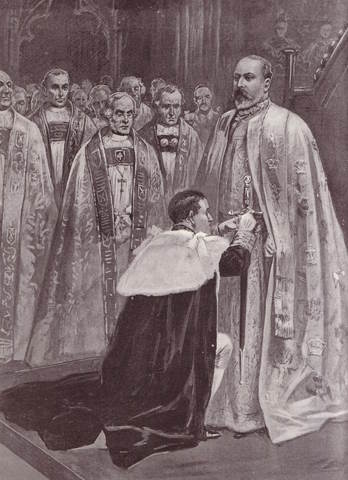
Once complete, the new king or queen enter the chapel where a thanksgiving hymn is sung before the regalia is placed on the High Altar.The new monarch wearing the purple Imperial Robe, the Imperial State Crown and carrying the Sceptre leaves the chapel to the sound of the national anthem.
Such an ostentatious display of tradition, religious symbolism, ceremony and honour has been more or less the mainstay of coronation ceremonies for centuries.
British monarchs have taken part in this ceremony as an act denoting their power, religious devotion and service to the country, with only two exceptions. Young Edward V never lived to see his coronation, before his life was cut short at the Tower of London. Edward VIII abdicated after eleven months, before his coronation could take place.
Throughout the centuries, the ceremonies have varied in grandeur and religious observance, for example King William IV was so unwilling to provide the adequate funds for such an event, that it became known as the ‘penny coronation’.
Meanwhile, other ceremonies have taken place under a degree of underlying hostility, for example when George IV refused to allow his estranged wife Caroline to enter the Abbey.
On other occasions such as the crowning of George III, a meal was eaten as the sermon took place, showing a greater emphasis on lavish indulgence rather than religious devotion.
All this changed however with the advent of Queen Victoria’s reign which reemphasised the formality of religious observance.
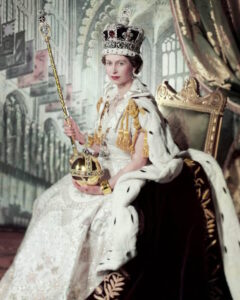
In the twenty-first century, the nation said their goodbyes to their longest reigning monarch, Queen Elizabeth II, whose coronation on 2nd June 1953 was the first to be televised and witnessed by audiences of around twenty million people.
The spectacle was now accessible to millions of people, not only those in attendance, making the pomp and ceremony even more impactful as it reached audiences across the world.
Today, Britain remains the only nation to preserve these medieval coronation traditions to celebrate the advent of a new monarch.
Whilst modern coronations include other elements such as a procession leading to an appearance on the balcony at Buckingham Palace, many of the other aspects of the ceremony itself remain unchanged from the medieval period.
Britain has seen many kings and queens come and go throughout the centuries, spanning times of turbulence, stability, prosperity, development, technological advancement, wartime and peacetime.
The history of the monarchy and its enduring legacy is one of continuity, a place in British society that remains unchanged but not unchallenged.
The coronation ceremony and its history represents a trajectory of British tradition, power, religion, society and culture that will continue to bear relevance whatever century it is performed in, for it signifies something far greater than the lifetime of one monarch, one era or one person; it illustrates the enduring traditions and heritage of a nation which continues to grow and develop throughout the ages.
Jessica Brain is a freelance writer specialising in history. Based in Kent and a lover of all things historical.
Published: 3rd May 2023.
